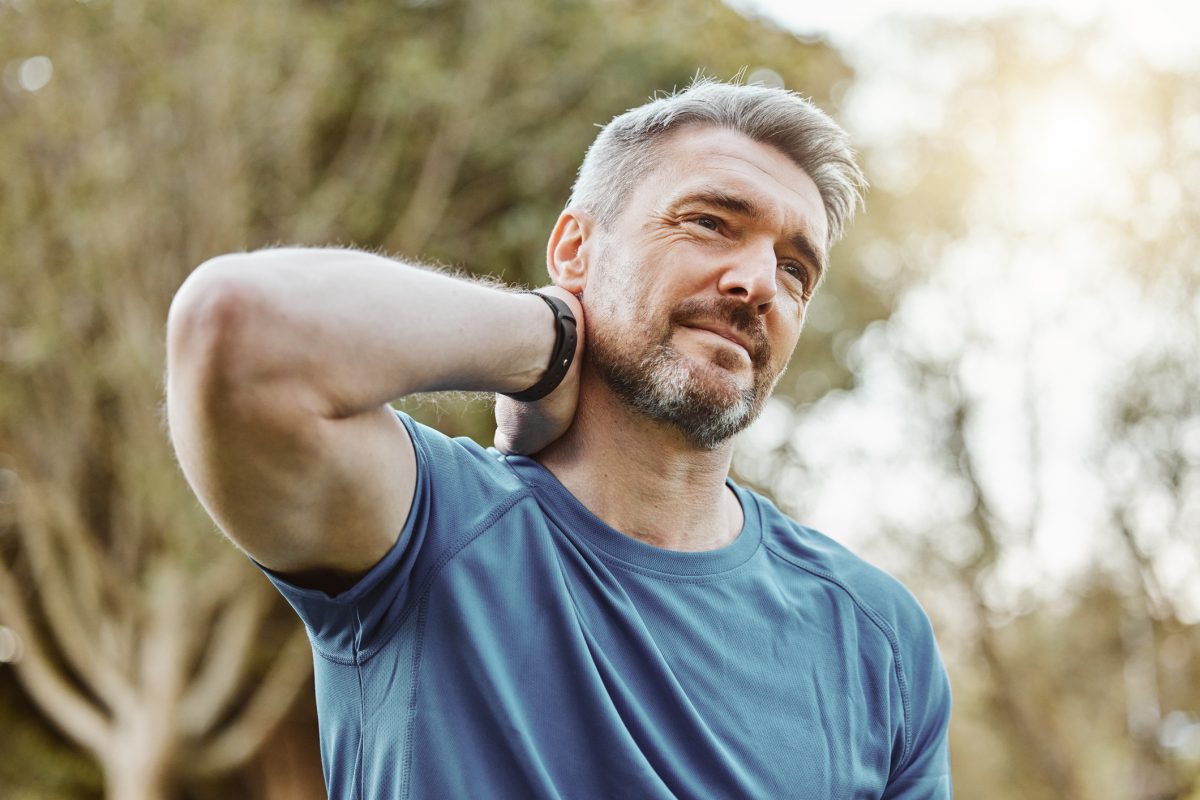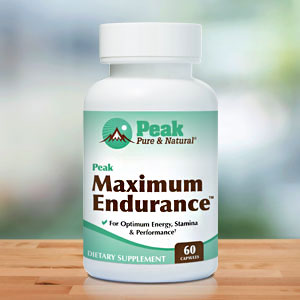We’ve been programmed to think of aging as a natural, inevitable part of life.
But what if it’s really more akin to an infection?
That’s what South Korean researchers say advanced genetic sequencing science is revealing — along with potential treatments capable of targeting the protein behind senescence (the process of deterioration) to stop aging’s spread.
Aging’s dirty little secret
Past research has shown that aging isn’t limited to one area of the body. Instead, when it starts, it begins to diffuse throughout the body.
Sort of like an infection…
One day, usually after the age of 40, you may start feeling arthritis-like issues in, say, your knee. By the following year, not only is your knee aching and stiff, but your back, neck and other areas have joined in.
Before you know it, each year you’re suffering from another sign of aging in another part of your body. But your best friend seems to be doing just fine.
While researchers have been well aware of the spreading effects of aging throughout the body, the mechanisms of how exactly it happens haven’t been so easy to nail down.
Cue a team of researchers from Korea University College of Medicine…
They were able to prove that cellular aging (a process known as senescence) begins due to a protein known as HMGB1 — we’ll call it “aging’s dirty little secret” — that potentially accelerates the aging process as it spreads from one part of the body to another.
They also may have found a way to stop it…
Sending out the aging signal
Their research, published in the journal Metabolism, revealed that this protein acts as an “aging messenger” that carries signals from cell to cell, transforming otherwise healthy cells into aged and dysfunctional ones.
Here’s how it works…
When HMGB1 is in an oxygen-rich environment, it functions normally. However, when there is a lack of oxygen in the cellular environment that surrounds the protein, it becomes reduced — and that’s when things go bad.
HMGB1 then binds to cellular receptors, activating the JAK/STAT and NF-κB pathways in the cells, which are known to promote inflammation and cue the cells to age.
This triggers a molecular signaling cascade: Aging cells produce more HMGB1, which spreads to other cells, activating their senescence pathways as well — in effect causing aging to spread like a virus from cell to cell.
Putting an aging ‘do not disturb’ sign on your cells
The good news in all of this is that when the scientists treated mice with antibodies that block HMGB1 from activating the JAK/STAT pathway, they were able to reduce age-related dysfunction.
What does that mean for us?
Well, they hope that in the future, a drug treatment can be developed using a class of medications, known as JAK2 inhibitors, to essentially keep HMGB1 from activating the pathways it used to spread its dirty work — otherwise known as aging!
I’m excited about that news — but even more excited about all the natural compounds already known to be JAK2 inhibitors. And many of them are already compounds associated with healthy aging.
I’m sure you’ll recognize a few of these, and may already be up to speed on their anti-aging reputations:
- Resveratrol –A potent antioxidant found in the skin of red grapes, and responsible for widespread interest in the field of anti-aging research, made popular by Dr. David Sinclair and colleagues in the early 2000s.
- Curcumin – The active component of turmeric that offers potential anti-aging effects due to its antioxidant and anti-inflammatory properties that may combat age-related disease and promote healthy aging.
- Bergamottin – A natural antioxidant phenol found in the peel of the bergamot orange, grapefruit and lemon, with anti-senescence, anti-aging and immune-modulating effects.
- Garcinol – Extracted from Garcinia indica fruit, peel and leaves, and is a powerful antioxidant.
- Quercetin – A flavonoid found in fruits and vegetables that shows promise for anti-aging due to its antioxidant, anti-inflammatory and senolytic properties.
They won’t stop aging, but I have my doubts that any drug would ever be able to do that either. But they can certainly help you age more healthily.
Sources:
Aging Spreads Through The Body Like An Infection, And This Protein Could Be To Blame — Study Finds
Propagation of senescent phenotypes by extracellular HMGB1 is dependent on its redox state — Metabolism
The Role of Natural Products as Inhibitors of JAK/STAT Signaling Pathways in Glioblastoma Treatment — NIH
Quercetin as a JAK–STAT inhibitor: a potential role in solid tumors and neurodegenerative diseases — BMC
Read full article here




